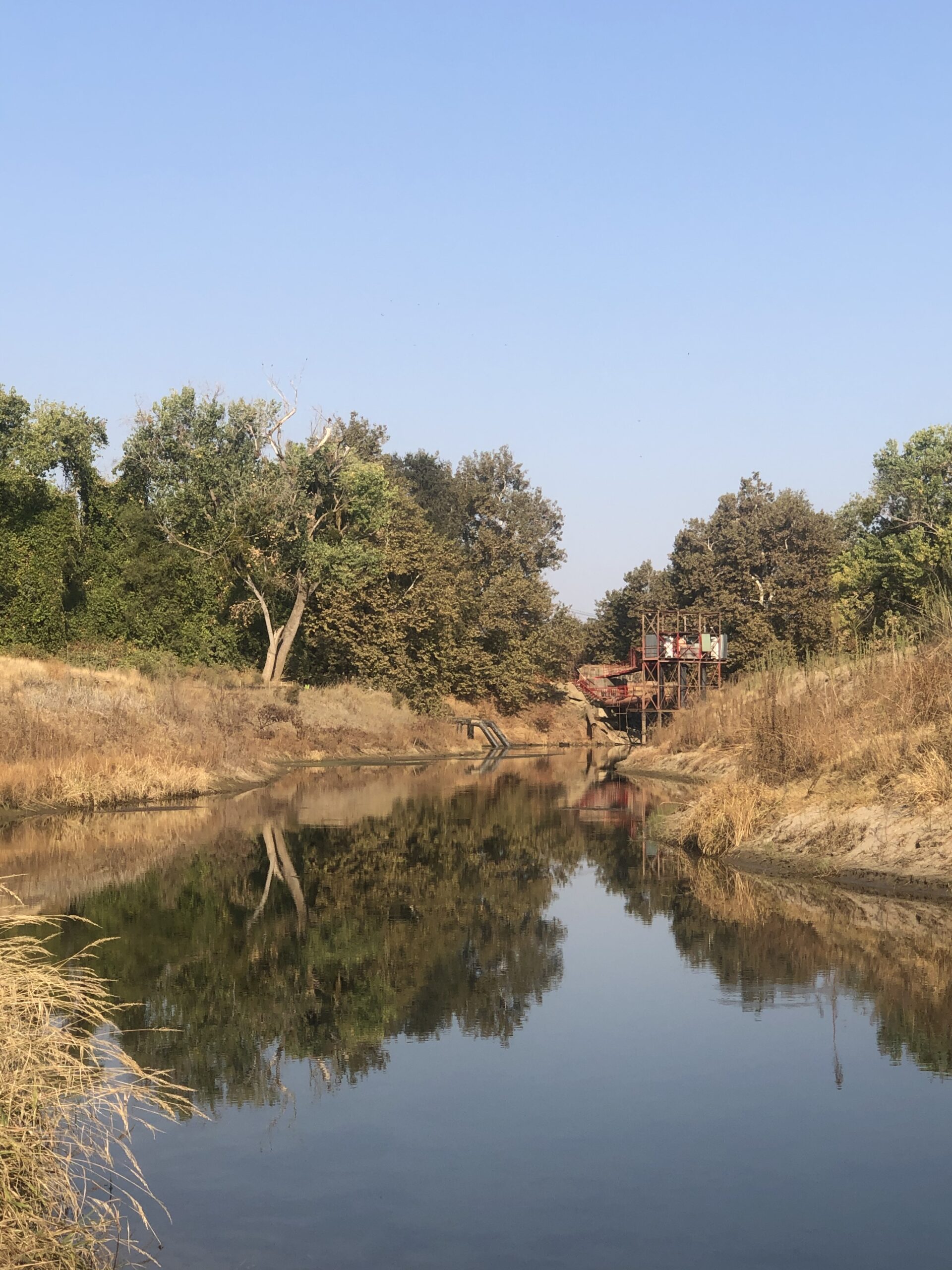Decades of Dedication
Contributed by Jennifer Harrison
Can farming and fish co-exist in The Sacramento Valley? Absolutely, according to a group of collaborators who have been hard at work for decades.

Thinking outside the water box
Agriculture relies on water for survival, as do fish. In the past, as Chinook Salmon, Steelhead Trout, Green and White Sturgeon numbers declined in rivers, conventional wisdom stated that farming had to acquiesce to fish, and water, pumped out at times to irrigate crops, needed to remain in the rivers. As Nadine Bailey, Chief Operation Officer of Family Water Alliance recalled, this spurred water agencies and organizations to take an alternative approach to water management.
“They took a different tract, they said we can pump, and we don’t have to hurt fish. They got all these people together and said how can we make fish-friendly water? Let’s do it.”
Two decades and forty-three projects later, mostly in the form of fish screens, where a large steel screen inhibits fish from getting pulled into an intake station when water is being pumped out, farming and conservation certainly co-exist.
“Engineers, biologists, and all the different people are involved in making sure the fish screen is going to be the best that it can be not only for the landowner to operate but for the species in the river as well,” added Ashley Indrieri, also with Family Water Alliance.

Birds thrive too
The Garden Highway Mutual Water Company Fish Screen Project, recently completed on the banks of the Feather River, exemplifies this work in the valley. Decades in the making, Jon Munger, Manager of Garden Highway Mutual Water Company and Vice President of Operations of Montna Farms, oversaw the project on the grower’s end.
“From our perspective, this fish screen is going to allow us, meaning Garden Highway Mutual Water Company, to proceed with the winter water right we’ve had on hold with the state board for approximately 20 years. This ensures we can keep putting winter water on 2,100 acres, and protect the conservation easement where we have on this rice land where we have hundreds of species of birds, ducks, geese, and shorebirds that visit. It gives us a lot more flexibility to provide water in the winter.”
